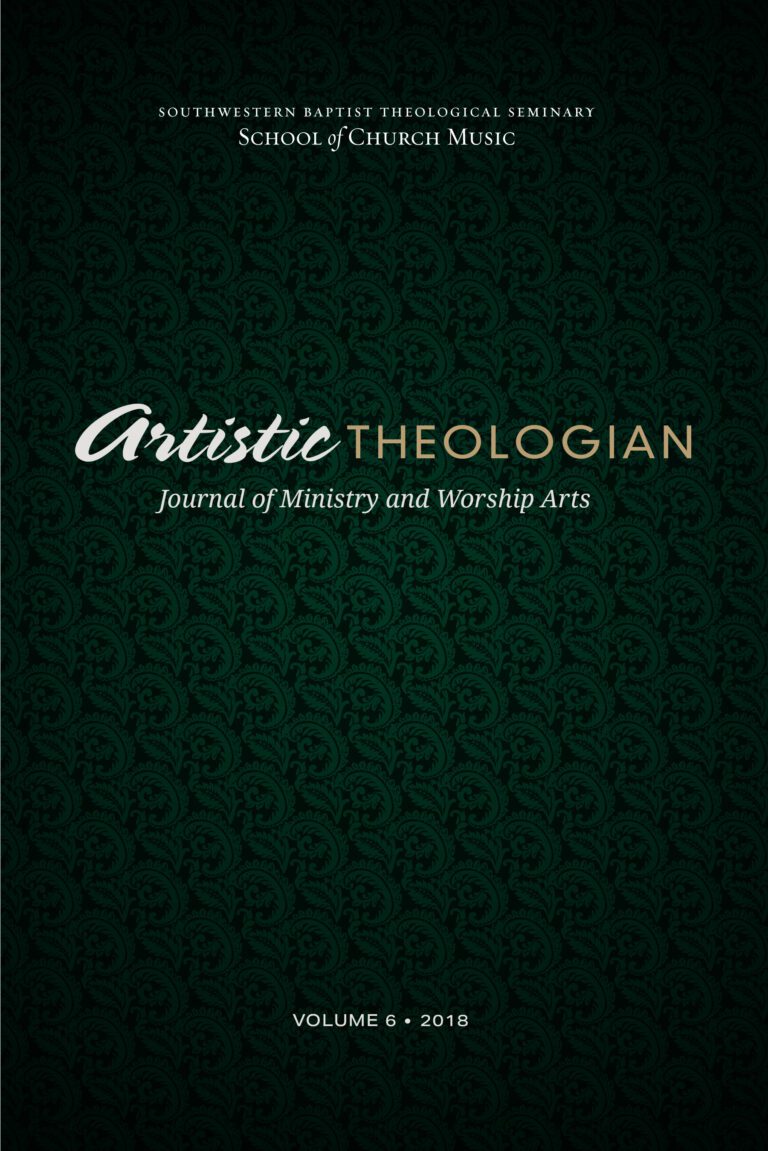
When We Come Together
Artistic Theologian
Volume 6, Summer 2018
Editor-in-Chief: Scott Aniol
The World around the Old Testament: The People and Places of the Ancient Near East, edited by Bill T. Arnold and Brent A. Strawn. Grand Rapids: Baker Academic, 2016. 531pp. $25.03.
“Perhaps second only to ‘What do you do (for a living)?,’ the question ‘Where are you from?’ must be the most frequent inquiry when people meet for the first time” (xv). This very opening sentence in the introduction of the book anticipates what the content is about. With their aspiration to inquire where the Old Testament is from, the editors, Bill T. Arnold, Professor of Old Testament Interpretation at Asbury Theological Seminary and author or editor of more than a dozen books, and Brent A. Strawn, Professor of Old Testament at Emory University and author or editor of various books, describe, along with other contributors, the regions in which the Old Testament originated.
The book contains thirteen essays on the civilizations related to the Old Testament, i.e., regions and peoples from north, south, east, and west of ancient Palestine. These essays include historical developments of the Amorites, the Assyrians, the Babylonians, the Ugaritians, the Egyptians, the Hurrians, the Arameans, the Phoenicians, the Ammonites, the Philistines, the Persians, the Arabians, and the Greeks in chronological order from the Late Bronze Age to the end of the Persian Period. A separate essay on the Canaanites is not found in the book. According to the editors, the discussion has been purposefully omitted. Since the land of Canaan is where the Israelites resided, it is not considered to be a region around the Old Testament, but rather it is where the Old Testament was from.
Each essay has given attention to four areas of focus: (1) a general overview of the history and culture of the region or people group; (2) a survey on ancient Near Eastern history from the Late Bronze Age to the end of the Persian Period; (3) a discussion of topics other than political matters, such as religion, high culture, and other social significances of the region or people group; and (4) comments on the relationship between ancient Israel and the region or people group in the chapter.
Each contributor thoroughly explores evidence from biblical texts, ancient Near Eastern texts, and archaeological investigation in presenting historical origin and development of the nations around Israel. The information is rendered in such a way that the reader is clearly informed about political context of the civilizations mentioned in the Old Testament. For instance, some nations had central power by the kings (Assyrians, Babylonians, Egyptians, Persians); some were city-states ruled by separate kings (Phoenicians, Philistines, Greeks); while others never achieved a unified political power (Amorites, Arameans).
Examinations of significant cultural conditions for each civilization are also laid out in a very informative way. Religious practices in Neo-Assyrian culture, such as worship of Ishtar and dead ancestors, divination, and omen series (70–75); the nature of the Phoenician language being classified as Canaanite (280–84); and agricultural development under the Persian rule (395–97) are a few examples among many other significant cultural developments in those nations related to Israel. These political and cultural backgrounds successfully serve as a linkage for the historical development of Israel.
Presentations on how each nation was involved in the story of Israel are notable. The way the Arabians associated with the genealogies of Genesis as the descendants of Ishmael (458), how the decline of centralized power in Egypt during the Third Intermediate period paved the way for the kingdom of Israel into existence (189), how the Assyrians’ political schemes led the greatest conflict between the northern and southern kingdoms (47–48), how the Babylonian and Persian empires played important roles in Israel’s national evolution are some of the remarkable facts manifested in the presentation. Along with these facts, similarities and differences in cultural and religious elements between those nations and Israel are revealed. Observations on the ritual texts of the Ugaritians (161–63), literary parallels between Egyptian literature and the Old Testament (191), Babylonian legal tradition as parallel to the Deuteronomic covenant codes (136), and other studies of parallelism between peoples around Israel and the Old Testament effectively convey the identity of Israel among other nations and its belief and practices as governed by theocracy.
Since the discussions presented in the book mainly deal with historical developments of peoples around the nation of Israel, readers should have prerequisite knowledge about Old Testament Israel prior to reading the book. Biblical students and those who are interested in the development of ancient Near Eastern civilization during the time of the Old Testament will gain a great amount of understanding through the extensive observation offered in the book.
Ruth Aung
Southwestern Baptist Theological Seminary





